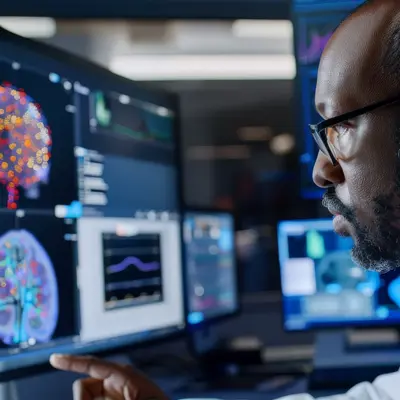The intersection of medicine and physics is a captivating realm often underappreciated by the general populace. While many might envision doctors perpetually engaging in patient examinations or surgical procedures, a more nuanced reality emerges upon closer inspection—one where the principles of physics intricately weave into the very fabric of healthcare practices. Understanding the extent of this collaboration can tremendously shift perspectives on both fields, enriching the appreciation for their interdependence.
First, it is imperative to discern the various areas where physics becomes indispensable in the realm of medicine. One of the most paramount contributions of physics to medical practice is evident in diagnostic imaging. Technologies such as X-rays, MRI (Magnetic Resonance Imaging), and CT (Computed Tomography) scans are underpinned by complex physical principles. These modalities not only facilitate accurate diagnoses but also shape treatment protocols. For instance, the operation of X-ray machines employs the principles of electromagnetic radiation, whereby high-energy photons penetrate the body, creating images that reveal underlying pathologies. This utilization of physics is not merely a technicality; it is a fundamental aspect of patient care that significantly influences clinical decisions.
Moreover, radiation therapy epitomizes the role of physics in treating malignancies. Physicians utilizing this technique must collaborate closely with medical physicists to ensure appropriate dosimetry and the safe application of radioactive materials. The mathematical precision involved in calculating dose distribution underscores the essentiality of physics in ensuring treatment efficacy while minimizing collateral damage to healthy tissues. This collaboration is not merely procedural; it embodies a profound synergy that illustrates the harmonious coexistence of biological understanding and physical principles.
The domain of nuclear medicine further exemplifies this vital partnership. Utilizing radioactive isotopes, practitioners can produce enhanced diagnostic images and treat certain conditions, such as hyperthyroidism or certain cancers. The underlying physics principles, including decay rates and radioactive half-lives, inform clinical decisions, showcasing how the quantifiable aspects of physics directly influence patient outcomes. Here, one can observe how the multifaceted implications of physics extend beyond diagnostics to therapeutic interventions.
Additionally, the field of biomechanics integrates physics in understanding human movement and the forces exerted by and upon the human body. Physical therapists and rehabilitation specialists often rely on biomechanical principles to design effective rehabilitation programs. Understanding the mechanics of injury, whether it be a sprain or a fracture, is crucial for practitioners aiming to restore patients to their optimal physical function. Through the lens of physics, one can analyze the forces acting on the body, leading to improved treatment methodologies and enhanced patient satisfaction.
Beyond the conventional realms of diagnostics and therapy, one must also consider the role of physics in emergent technologies. The advent of telemedicine and portable medical devices signals a shift in the landscape of healthcare delivery that hinges significantly on physical principles. Wearable technologies, often equipped with sensors, leverage principles of physics to monitor vital signs and other physiological parameters in real-time. As these technologies proliferate, they promise to reshape the doctor-patient relationship, bridging gaps and enhancing accessibility to care.
The role of physics does not conclude in the clinical setting; it extends into the development and optimization of surgical techniques as well. Surgeons rely on a profound understanding of physics to navigate complex procedures, where the application of force, the understanding of leverage, and the manipulation of instruments can determine the success of an operation. The precision of robotic surgery, for instance, exemplifies how advanced technological applications rooted in physical principles can yield superior patient outcomes. Surgeons who embrace this technology find themselves not only advancing their own skills but contributing to a transformative shift in surgical paradigms.
It is essential to highlight the education and training of healthcare professionals in the context of physics. Medical curricula increasingly include comprehensive courses in physics to better equip future doctors with the requisite knowledge to apply mathematical and scientific principles effectively in their practice. This foundational understanding cultivates a mindset that appreciates the intricacies of medical technology while encouraging innovation. Medical professionals steeped in physics can approach problems with a fresh perspective, fostering advancements that could potentially revolutionize the field.
In conclusion, the question of how often doctors utilize physics in their work yields a multifaceted answer. From diagnostic imaging and radiation therapy to biomechanics and emergent technologies, physics is undeniably ubiquitous in contemporary medical practice. Acknowledging the profound interconnection between these disciplines encourages a deeper appreciation for the scientific foundations that support modern healthcare. As technology continues to evolve, the role of physics is poised to expand further, beckoning curiosity and inspiring future generations of both physicists and healthcare professionals. It is this synthesis of knowledge that promises to elevate standards of patient care and redefine the landscape of medicine for years to come.












